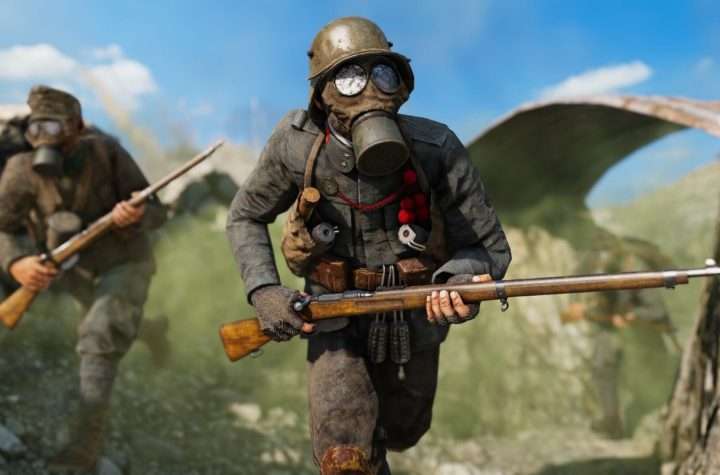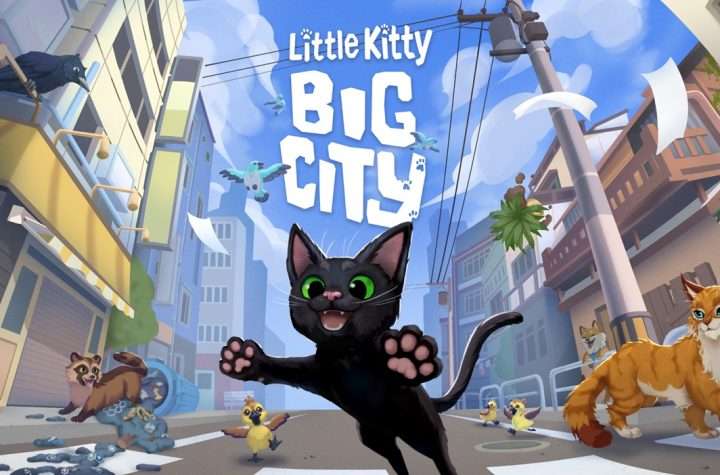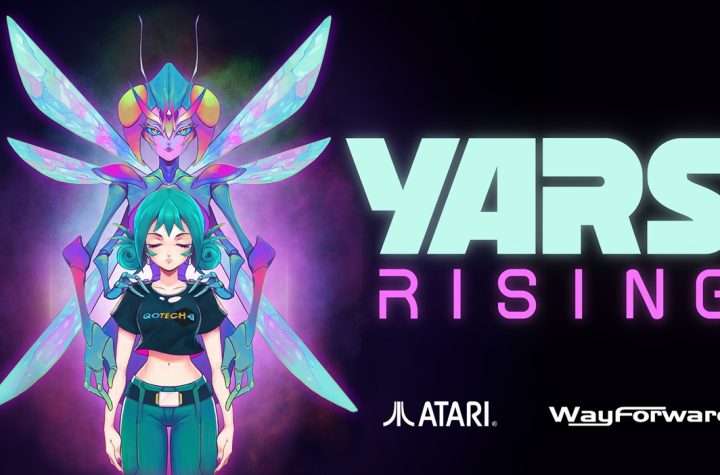In order for eSports to continue to boom, it is vital that fans can become players themselves. Adam Selke, CEO of Evolve, a highly popular platform that allows experienced gamers as well as novice players to connect, schedule, collaborate and play PC/Mac games together, has written an article that details the steps that eSports must take to go “mainstream.” In his opinion, game makers and tournament organizers need to recognize the “non-pro” as the next evolution of competitive gaming. This is how eSports will move beyond spectator status.
eSports — playing or watching video games for glory and prizes — is a booming but still nascent industry. There are over 188 million eSports fans worldwide, with an estimated 240 million by 2018. eSports viewership is predicted to surpass that of the NFL by 2017. In fact, According to ESPN, 27 million people tuned in to watch the 2014 finals of the League of Legends World Championship – that’s more than watched the final game of the World Series (23.5 million) or the NBA Finals (18 million).
But here’s the problem: eSports is essentially a spectator sport. So, for eSports to really explode, focus needs to change from the “best-of-the-best” to the common competitor.
If they want to participate — not just watch — an eSports fan has one of three options:
- Dedicate their lives to becoming a top-tier pro player. The top teams in the world all live in the same house, have strategists, managers, marketing teams and agents. This is the equivalent of building (and funding) your own NFL or NBA team. The time and cost commitment is immense.
- Participate in bracket tournaments that often pit players of varying skill against each other. These tournaments have large pools of 8 – 128 players, and take a long time to resolve and a lot of effort to coordinate. Unlike local rec league sports and pickup games, eSporting events may feature competitors in many different time zones. Finishing one of these tournaments often sucks the energy right out of something that’s supposed to be fun.
- Engage vicariously in eSports through daily fantasy. Various services exist that allow eSports fans to draft fantasy teams just like any other pro sport. However, just like assembling your own fantasy football team, you aren’t really playing the game–you’re playing a game on top of the game.
In my opinion, game makers and tournament organizers need to recognize the “non-pro” as the next evolution of competitive gaming. This is how eSports will move beyond spectator status.
We call these non-pro gamers “mid-core competitors.” They have more talent and time than the average gamer, but have regular 9-5 jobs, families and commitments. They can’t move into a house with nine other pro gamers. They don’t have sponsors, or advertisers or team jerseys. The current Big Tournament system is where companies like Riot (makers of the hugely popular League of Legends game) have historically focused their attention.
It is impossible for the mid-core competitor to go up against dedicated professionals who scrimmage and play almost every waking hour. The Big Tournament system dooms millions of these passionate players to sit in front of their TVs and monitors and watch someone else play for glory and prizes.
What’s needed are services that remove the noise and friction of Big Tournament brackets. Services that enable the mid-core competitor to find fair matches with honest outcomes. Where competition is instant and head-to-head. Where entry fees are modest and the prizes are just enough to make things interesting. It’s kinda like your regular poker night with friends!
This new competitive format creates an environment where players of all skill levels can play against their peers. A little bit of money on the line heightens the experience, but isn’t the sole purpose of playing. This puts the mid-core competitor square on the playing field instead of on the sidelines.
As eSports and pro players gain popular attention, more and more gamers want to be like them. Golf took off when Tiger Woods became a media sensation. More people took interest and started playing. The same thing is happening with eSports. We are at the beginning of the next evolution and growth of eSports as a real sport, and by having opportunities for “regular” players to participate, it adds fuel to the fire for rapid growth, now and in the future.
I'm a published author and proud US Army veteran who happens to be a gamer, so I decided to combine the two and love every minute of it! Feel free to contact me with any questions or comments and I'll be sure to get back to you.






More Stories
OMNIBION WAR Frantic 3D Shoot ‘em Up Now Out on Steam
Red Dead Online News: (Feb. 4, 2020)
SPACELAND Heading to PS4 and Xbox One Feb. 14